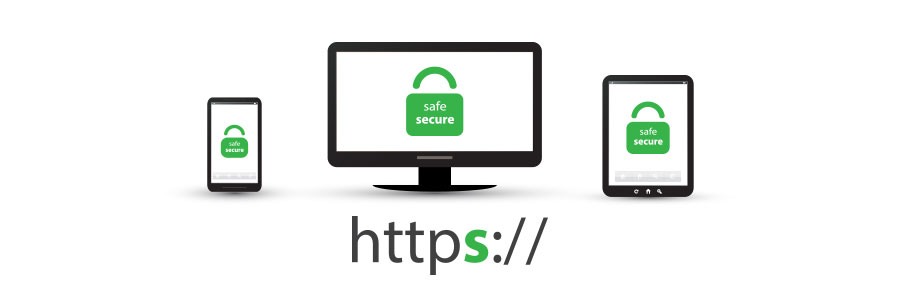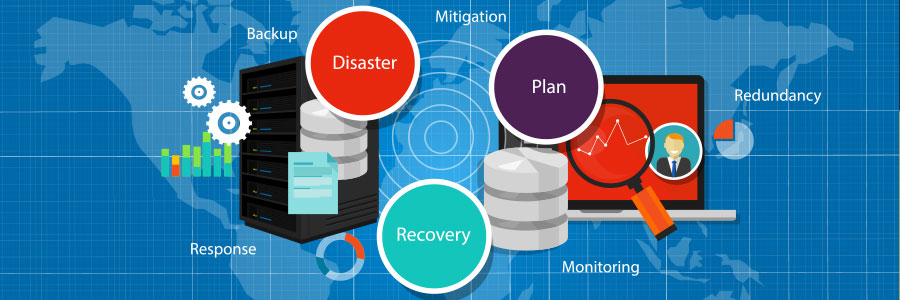Cloud technology is becoming more pervasive every day. A Forbes report found that 77% of enterprises have at least one application or a portion of their enterprise computing infrastructure in the cloud. But somehow, myths about its lack of security remain.
3 Reasons why security is better in the cloud
Top ways ERP improves your business
What’s the difference between vulnerability assessments and penetration testing?
A beginner’s guide to creating Facebook ads
Threats facing financial institutions today

The financial sector has long been heavily targeted by cybercriminals. Over the years, the number of attacks that involved extortion, social engineering, and credential-stealing malware has surged rapidly. This means that financial institutions should strive to familiarize themselves with the threats and the agents behind them.
Troubleshoot your Wi-Fi with ease

Today, you simply can’t survive without a Wi-Fi connection. Businesses need fast, secure, and reliable internet to get work done and satisfy customers. But what about when you experience Wi-Fi issues? These fixes ought to do the trick!
Range constraints
Wi-Fi works via radio waves that are broadcast from a central hub, usually a piece of hardware known as a router.
Understanding HTTPS

Many internet users still do not understand what the padlock icon in their web browser’s address bar is for. It represents HTTPS, a security feature that authenticates websites and protects the information users submit to them. This is an important feature that lets users know whether the site they are visiting is secure or not.
How good is your disaster recovery plan?
Differentiating Groups, Yammer, and Teams
Fileless malware: The guileful threat

Over the past few years, the security industry has been witnessing a rapid evolution in attack techniques, including fileless malware, which uses legitimate tools and services such as existing software, applications, and authorized protocols to carry out malicious activities such as unauthorized data retrieval or data damage.






